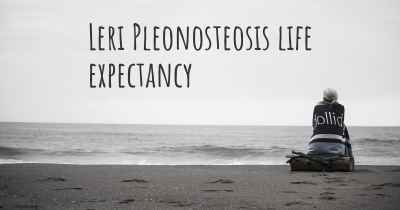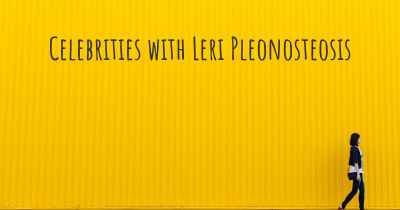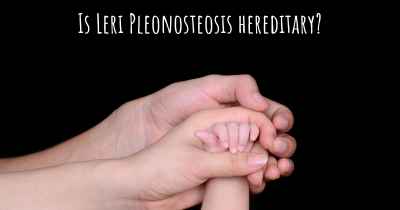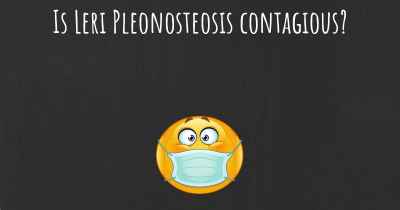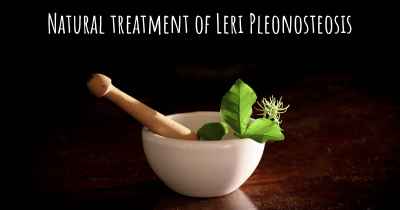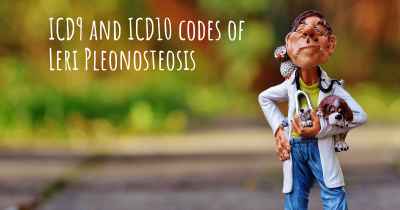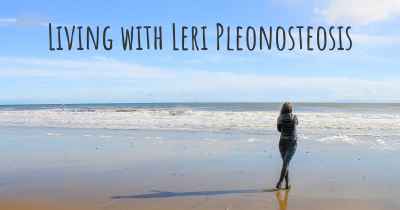What is the prevalence of Leri Pleonosteosis?
How many people does Leri Pleonosteosis affect? Does it have the same prevalence in men and women? And in the different countries?
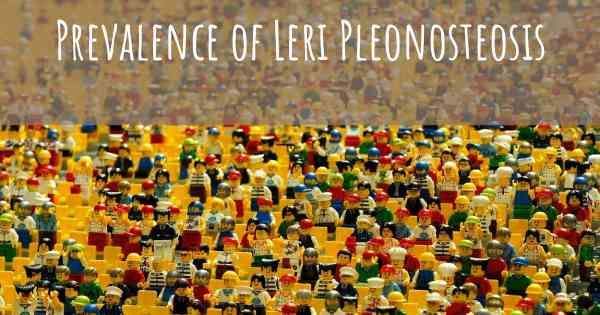
Leri Pleonosteosis, also known as Leri-Weill dyschondrosteosis, is a rare genetic disorder characterized by skeletal abnormalities affecting the bones of the forearm and lower leg. It is caused by mutations in the SHOX gene. The prevalence of Leri Pleonosteosis is estimated to be around 1 in 100,000 individuals. This condition is more common in certain populations, such as those of French and Italian descent. Leri Pleonosteosis is inherited in an autosomal dominant manner, meaning that an affected individual has a 50% chance of passing the condition on to their children.
Leri Pleonosteosis, also known as Leri-Weill dyschondrosteosis, is a rare genetic disorder that affects bone development. It is characterized by short stature, short forearms, and a characteristic deformity of the wrist called Madelung deformity. The condition primarily affects females, with males typically having milder symptoms.
Due to its rarity, the prevalence of Leri Pleonosteosis is not well-documented. However, it is estimated to occur in approximately 1 in 100,000 individuals. The disorder is thought to be caused by mutations in the SHOX gene, which plays a crucial role in skeletal development. Inheritance of Leri Pleonosteosis follows an autosomal dominant pattern, meaning that an affected individual has a 50% chance of passing the condition on to their children.
Diagnosis of Leri Pleonosteosis is typically based on clinical features and radiographic findings. Treatment options are limited and mainly focus on managing symptoms and complications. Physical therapy may be recommended to improve joint mobility and function. In some cases, surgical interventions may be necessary to correct skeletal deformities.
While Leri Pleonosteosis is a rare disorder, early diagnosis and appropriate management can significantly improve the quality of life for affected individuals. Genetic counseling is essential for families with a history of the condition to understand the risks and options available.
